Maltipoo Dog Breed Information, Fun Facts and History

Contents of Article
- Pedigree: Mixed breed, Maltese and Poodle
- Other Names: None
- Height: up to 14 inches
- Weight: 5 to 15 pounds
- Breed Group: Not AKC accepted
- Lifespan: 10 to 15 years
- Intelligence: Moderate to High
- Trainability: High
- Exercise Needs: Moderate to High
- Shedding: High
- Good with Kids: Yes
- Good with Dogs: Yes
- Good with Pets: Yes
One of the most popular “designer dog” breeds, the Maltipoo is the result of a cross between a Maltese and a Poodle. It is important to note that the Poodle comes in three sizes – standard, miniature and toy. The Maltipoo is typically created by crossing a Maltese with either a Toy or Miniature Poodle. As a mixed breed, it is difficult to make specific predictions about the dog’s temperament or appearance. For the most part, however, Maltipoos are affectionate and gentle with family and low-maintenance in terms of grooming. These little dogs are moderately active but their exercise requirements are a little lower than most dogs. For the most part, this breed is content to spend the day cuddled up on the couch or playing games around the house. If you’re looking for a family-friendly breed that is easy to train and good for first-time dog owners, the Maltipoo is a great option to consider.
Fun Facts About the Maltipoo
- Although the Maltipoo sheds very little, it is technically not hypoallergenic but it still makes a great dog for allergy sufferers.
- Maltipoos are not aggressive in any way but they tend to bark a lot and make great watchdogs for this reason – you’ll always know when someone is approaching your house.
- Though the Maltese is known for its bright white coat, many Maltipoos have multiple colors and they may vary from straight to wavy or curly in texture.
Coat and Appearance
Because the Maltipoo can be made using a Toy or Miniature Poodle, his size varies but generally tops out around 14 inches. These dogs range in weight from 5 to 15 pounds with the larger specimens coming from a cross with the Miniature Poodle and the smaller from the Toy Poodle. In terms of appearance, Maltipoos generally have a body structure closer to that of the Maltese than the Poodle, though their coats can vary in length and texture anywhere in between the two. The coat may have a nice curl, a soft wave, or just be scruffy in general. These dogs have small, flop ears that are well covered in fur and furry tails.
There are two important things to note about the Maltipoo’s coat. For one thing, it sheds much less than most dogs and it produces very little dander. Because all dogs produce dander there is no such thing as a truly hypoallergenic dog, but the Maltipoo comes pretty close – it is a great dog for allergy sufferers. The second thing to note about the Maltipoo’s coat is that it requires a good deal of maintenance. It may not shed much, but it still requires daily brushing to prevent mats and tangles. Another thing to note is that this breed comes in a wide range of colors. Many specimens of the breed have a multicolored coat that is at least partially white.
History of the Breed
The Maltipoo is the result of a crossing between the Maltese and the Toy or Miniature Poodle. Though mixed breed dogs have existed for centuries, this particular crossing is somewhat new, largely the product of the “designer dog” trend. No one breeder or kennel has stepped forth to claim the origins of the breed, however. As a mixed breed, the Maltipoo’s history includes the history of both the Maltese and the Poodle breeds.
The Maltese is considered an ancient breed whose exact origins are unknown. The oldest record of the breed dates back to 500 BC and references to this type of dog have been found in both Ancient Greek and Roman literature. Throughout the centuries, the Maltese has been known by many names including “Canis Melitaeus” which translates to the “ancient dog of Malta”. It has also been called the Melita, the Roman ladies’ dog, and the Cokie. There is some evidence to suggest that the breed is descended from a spitz-type dog and selectively bred for his small size, though others believe that he originated in Asia and descended from the Tibetan Terrier.
The modern Maltese came into development during the 17th and 18th centuries when breeders decided to improve the breed by breeding it down in size. It wasn’t until the mid-1800s, however, that standardized breeding and recordkeeping was established. The Maltese breed rose steadily in popularity throughout the 19th and 20th centuries, popular both in the show ring and in the home. The first Maltese was shown in American in 1877 and it was first accepted by the AKC in 1888. In 1906, the Maltese Terrier Club of America was founded but the name was later changed to the National Maltese Club. Today, the Maltese is ranked 33rd in popularity according to AKC registration statistics.
The Poodle is technically a name given to a group of three dog breeds – the Toy Poodle, the Miniature Poodle, and the Standard Poodle. There is still a great deal of debate regarding the origins of the Poodle breed, though it is largely believed that they descended from the old French Barbet or from the German Pudelhund, both water dogs. Regardless its origins, the breed became so popular in France that it was named the national breed.
The Standard Poodle has been around since the 15th century but it didn’t truly gain popularity outside of France until the 18th century. The breed became extremely popular in Spain and was used in the development of several other breeds including the Schnauzer, the Curly Coated Retriever, and the Pudelpointer. They have also been used extensively in recent years to develop designer dogs such as the popular Labradoodle and Goldendoodle. The Standard Poodle was bred down in size after the 18th century to create the Toy Poodle and the Miniature Poodle.
Temperament and Personality
As a cross between a Maltese and a Toy or Miniature Poodle, the Maltipoo’s temperament will be a mixture of traits from each breed. Unfortunately, you cannot predict exactly how your dog will turn out or which traits he will inherit from each – there is no way of knowing whether he’ll inherit the best traits from both, the worst, or a mixture of both. There is no set standard for this breed but, for the most part, these dogs are friendly and outgoing by nature. They are very affectionate with family and form close bonds with their owners. They may bark at strangers entering the home, but they make friends quickly.
The Maltipoo is an intelligent little dog and he loves to have fun – many dogs of this breed have clownish or goofy personalities. Though they can be active and yappy at times, they also love to take a nap curled up in their owner’s lap. This breed enjoys playing games, though he may not be accepting of young or boisterous children. These dogs are very cat-friendly for the most part, but they may not be the best choice for multi-dog households. This breed is known for retaining his puppylike tendencies into adulthood which can sometimes be a challenge but they are generally a good choice for inexperienced dog owners nonetheless.
Training Tips
The Maltipoo is a moderately intelligent breed and they generally respond well to training. These little dogs are full of energy, however, so you may have to work a little bit harder to keep your dog focused during training sessions. It will help to use positive reinforcement techniques and to keep your training sessions short and sweet. Though these dogs are not overly active, they are highly people-oriented and may develop destructive tendencies if left alone for too long. Giving your dog plenty of toys including interactive toys will help to curb negative behaviors.
As a small-breed dog, some Maltipoos may be a little more difficult to housetrain than other dogs. If you are consistent about taking your dog out every hour or two during training, however, he’ll have few chances to have an accident and he’ll become housetrained very quickly. You should also be aware that this breed tends to bark a lot – if this is a problem, start working with your dog early on to curb excess barking. You should also start early with socialization to ensure that your dog gets along with household pets and children, if you have them.
Exercise Requirements
Though they weigh less than 15 pounds, Maltipoos are active little dogs. This breed loves to play and they’ll spend as much time with their family as they can. These dogs only require a moderate amount of daily exercise, however, and much of it can be met through active playtime. To make sure your dog doesn’t get bored and become destructive, you should give him a short brisk walk in the morning and another in the evening. This generally works better for this breed than a single, longer walk each day.
Grooming Tips
For a low-shedding breed, the Maltipoo requires a significant amount of coat maintenance. Not only do you need to brush his coat daily to prevent mats and tangles, but you should keep it trimmed as well so it doesn’t grow over your dog’s eyes or mat between his toes. Depending on breeding, your dog may also need to have his coat clipped every 4 to 6 weeks, just to keep it looking neat. You should also clip your dog’s nails twice a month, brush his teeth daily, and clean his ears once a week. When it comes to clipping your dog’s coat, you can learn how to do it yourself or you can take him to a professional groomer. If you want to show your dog, you may want to keep his coat long. If you plan to keep him primarily as a pet, however, you might consider a “pet clip” or a “puppy clip” that keeps the coat short all over the body.
Nutrition and Feeding
As a small-breed dog, your Maltipoo has a very fast metabolism. This being the case, he may need more calories per pound of bodyweight than larger breeds – somewhere between 30 and 40 calories per pound. It is important that you don’t just pad your dog’s diet with treats, however. This breed is just as prone as most others to obesity and a gain of just a few unnecessary pounds could have a significant impact on his health and on his lifespan. Your best bet is to feed him a high-quality dog food made with plenty of animal proteins, moderate fat for energy, and limited carbohydrates.
The easiest way to ensure that your dog’s nutritional needs are met is to choose a high-quality, small-breed dog food. These recipes are typical rich in protein to maintain your dog’s lean muscle mass with moderate to high fat content as a concentrated source of energy. Make sure that any carbohydrates in your dog’s diet come from digestible sources and consider going grain-free, as this breed is prone to food allergies. In terms of how much to feed your dog, follow the recommendations on the package according to your dog’s weight. You should also monitor your dog’s bodyweight and condition to make sure he’s getting enough but not too much to eat.
Common Health Problems
Though some say that mixed breed dogs are inherently healthier than pure breeds simply because they have a larger gene pool, if both parent breeds are prone to the same diseases a mixed breed will have a higher risk for getting those diseases. For the most part, however, the Maltipoo is a healthy little dog with an expected lifespan around 10 to 15 years. Even so, all dogs are prone to certain health problems – here is an overview of the conditions known to affect this breed:
- Patellar Luxation – A musculoskeletal condition affecting the knee joint, patellar luxation occurs when the kneecap slips out of its intended place. The more this happens, the more likely your dog is to develop arthritis in the affected joint or he could go lame. Severe cases may require surgical repair.
- White Shaker Syndrome – More common in the Maltese than the Poodle, white shaker syndrome causes tremors over the whole body as well as rapid eye movements and loss of coordination. This condition can start as early as six months old and is usually triggered by excitement or stress.
- Epilepsy – This condition can be either inherited or triggered by some unknown cause. It is generally not life-threatening and can be managed with anti-seizure medications, though it cannot be cured.
- Portosystemic Shunt – This condition develops when the blood flowing between the liver and the rest of the body backs up into the liver. This can cause symptoms such as loss of appetite, poor balance, urinary problems, and stunted growth. It can be corrected with surgery and managed with diet.
- Legg-Calve-Perthes Disease – Another musculoskeletal disorder, Legg-Calve-Perthes disease is common in toy breeds and is characterized by reduced blood flow to the femoral head. This results in disintegration of the bone and atrophy of the leg muscle which can only be corrected through surgery.
- Progressive Retinal Atrophy – Also known as PRA, this condition is a degenerative eye disease that leads to blindness as the photoreceptors in the back of the eye degrade. This is not a painful condition and while it cannot be cured, most dogs adapt well to a loss of vision.
The health problems known to affect this breed are a combination of conditions commonly seen in the Maltese and Poodle breeds. No matter what breed you choose, be sure to buy from a responsible breeder who does DNA testing to avoid passing on congenital conditions.

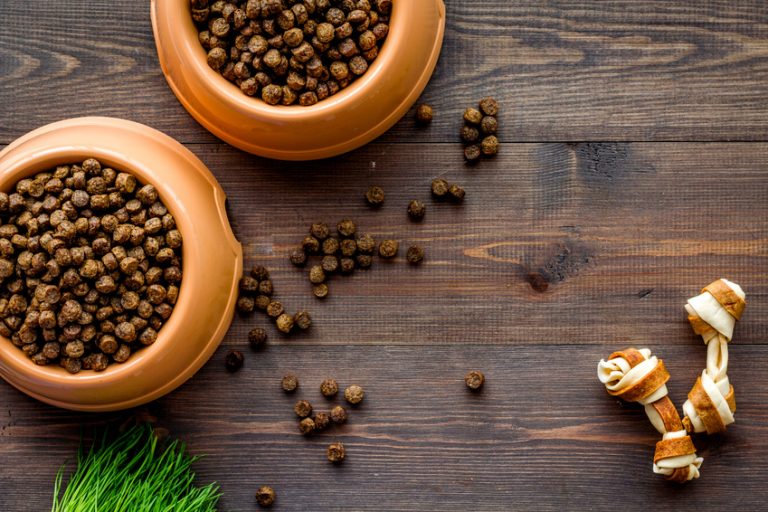
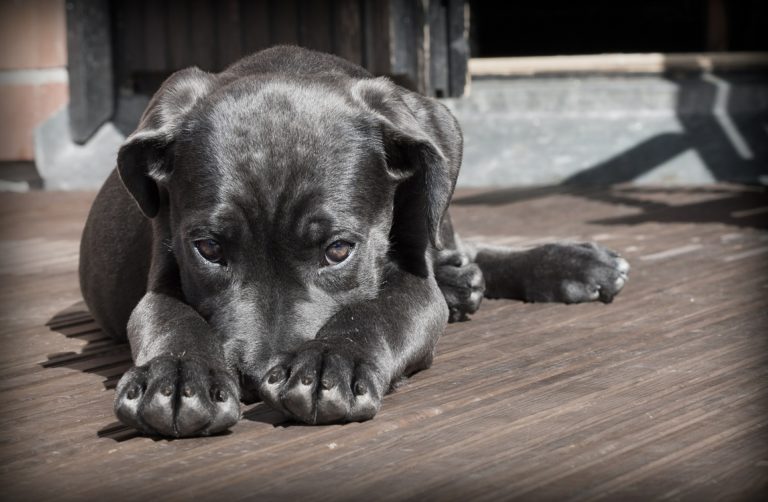
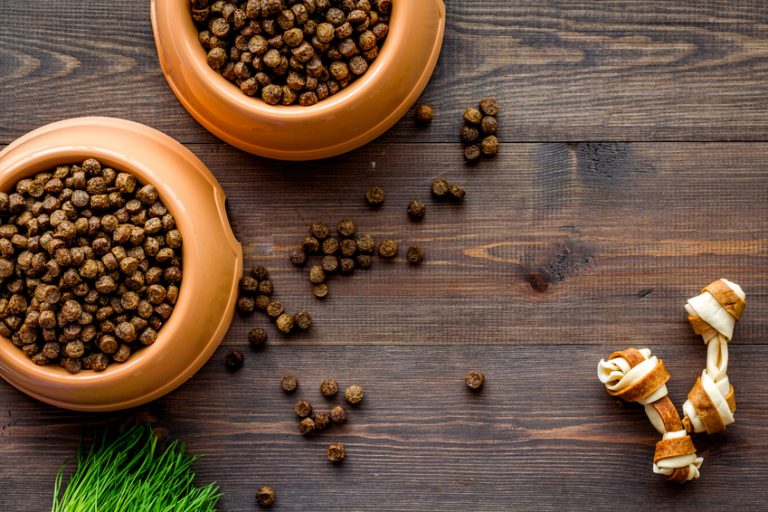
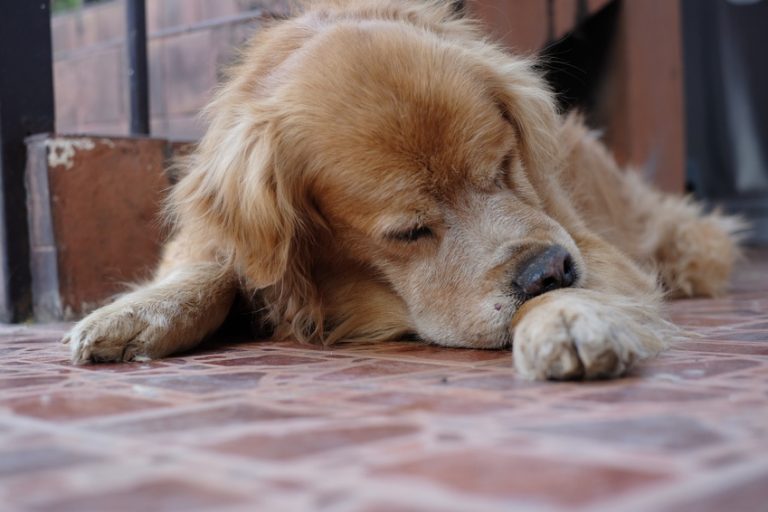
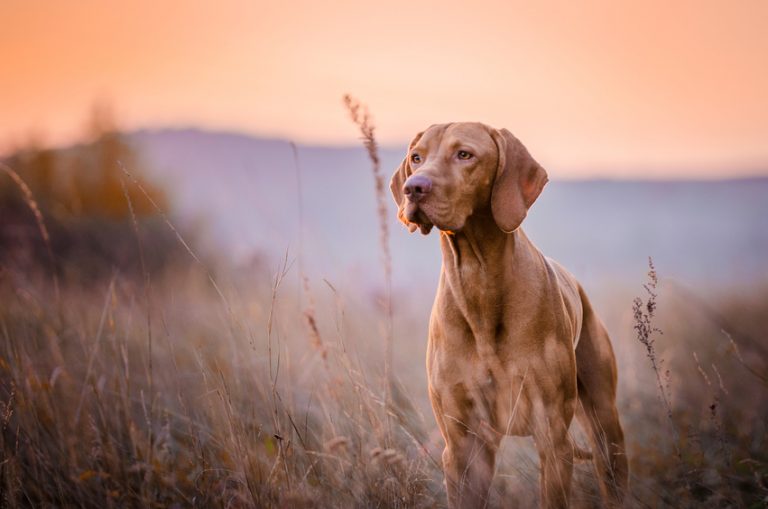
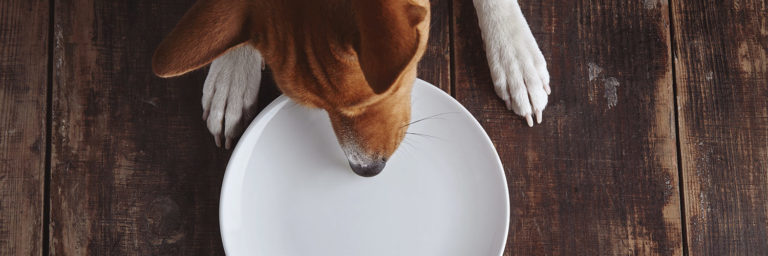
How much is a full breed Maltease baby.
$3500.00 In Phoenix